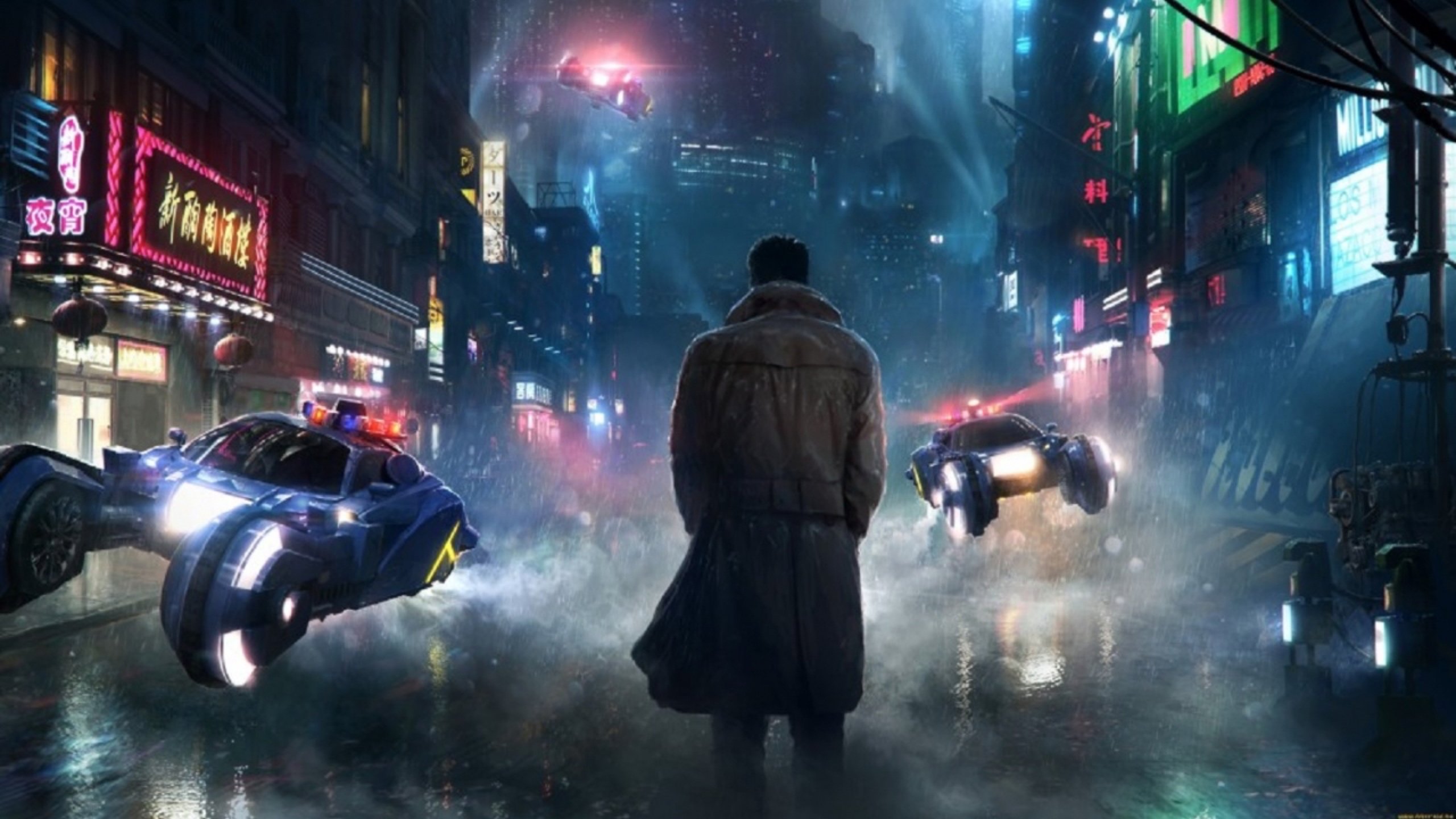What makes a successful sequel? One of the benefits of writing/filming a sequel is not having to dwell on world building or introducing main characters, as these important aspects have already been developed in the original film. The sequel has an opportunity to focus on a different chapter of the character’s life and to capitalize upon what was previously established, allowing the audience to delve more into character psychology. However, one of the downfalls of a sequel comes with prioritizing the monetary gains of its theatrical run, thus sacrificing a rich narrative needed to hook an audience. Retelling a story, not allowing main characters to experience some type of change from beginning to end, or simply providing “fan service” are some of the common qualities of considerably poor sequels.
Although it has been 35 years since the release of the original 1982, beloved, sci-fi, box office flop, Blade Runner, its 2017 sequel, Blade Runner 2049, proves to be one of the best sequels, ever. Although he is an important character, the film does not follow Deckard (played by Harrison Ford), the protagonist of the 1982 Blade Runner, but Officer K (played by Ryan Gosling), 30 years after the events Deckard dealt with in the original film. As explained to the audience at the very beginning of the original film, Blade Runners are special police officers who are supposed to find and “retire” (execute) illegal Replicants; robots virtually identical to humans originally used for labor, hazardous exploration, and colonization of other planets. Now in 2049 in Los Angeles, Replicants have been re-integrated into society as laborers/servants. Officer K is a Replicant himself, trained to “retire” rogue Replicants. An investigation leads K to the grave of a deceased Replicant whose skeleton shows signs of having given birth, which had been previously thought to be impossible. The skeleton turns out to be that of a Replicant by the name of Rachael, the main character in the original film and the love interest of Officer Deckard. After some investigating, K believes himself to be the child of Deckard and sets out to find him. The Wallace Corporation, the company that now creates Replicants, wishes to find Deckard and the child he had with Rachael before Officer K does. The Wallace Corporation captures Deckard, and K is united with a group of freedom-fighting Replicants who tell him that Deckard’s child was actually a female, thus disproving K’s theory. These Replicants want K to kill Deckard before he gives up information to Wallace, but K instead saves Deckard and reunites him with his daughter.
The sequel stays true to the original film through motifs, thus establishing itself in the same world as the original, dealing with the same ideas. Color plays an important role in both films, with rich yellows and gold littering the buildings of the upper class and those positioned physically above others. Deep blues shroud the lower level of the city and overshadow character appearances multiple times throughout the films. The opening text of both films is white text on a black background with the exception of the word “Replicant,” which is typed in a striking red, as well as the title “Blade Runner” in 2049. Replicants also have a gold shine in their eye (more apparent in the original film) which is one of their identifying traits; this trait also contributes to the use of eyes in the Blade Runner films. In 2049, Officer K identifies the Replicants he finds by scanning their eye, Niander Wallace of the Wallace Corporation is blind, Roy (the antagonist from the first film) visits the man who creates the Replicants’ eyes, and Roy gauges the eyes of his creator. Also, when Deckard is captured by Wallace in 2049, Wallace offers him a flawed recreation of Rachael in exchange for information, to which Deckard replies “Her eyes were green.” The use of weather is notable in both films; Roy gives his famous “Tears in the rain” speech while it is raining, Officer K’s AI girlfriend Joi “feels” the rain in an intimate moment she and K share, K and Deckard are both standing in the rain during the climactic fight scene where K saves Deckard instead of killing him, and 2049 ends with K feeling the snow on his hands then lying down on the ground with the falling snow surrounding him. All of these motifs tie back to the original film, which provides audiences with a reminiscent yet fresh take on a well-known story.
Under much pressure from a passionate fan base and demanding film critics, Blade Runner 2049 successfully manages to discuss human nature through its own story while also incorporating the story and motifs used in the original film. This easily cements the sequel’s rightfully unique place in cinematic history.

Be First to Comment